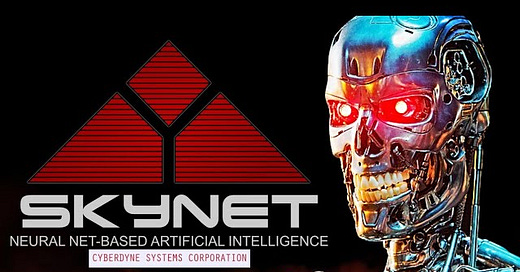The big topics they are focusing on are “Artificial Intelligence, Robotics, Energy Storage, Public Blockchains, and Multiomic Sequencing.”
AI is obviously going to be at the top of every technology investment presentation this year It has been such a big success story for the stock market over the last 18 months that it cannot be ignored. Moreover, to avoid mentioning or concentrating on AI would attract negative attention since it would appear to most to be both a major omission and a major snub.
The march of robotics is heavily dependent on developing the software that goes into the machines and solving the power supply question. The big hope is AI will be used to power the brains of every machine.
The US military has even signed a deal with OpenAI to deploy its products in managing the nuclear arsenal. I sincerely hope this is primarily aimed at managing the maintenance schedule rather than trigger codes. The latter option has too many parallels with the Terminator movies for my comfort.
The energy storage question is a big one. The choice of speaking about energy storage rather than batteries suggests the focus will be on utility back-up power for renewable energy plants.
For robotics, the vast majority of robots are tethered and don’t have the power to function independently for prolonged periods. Everyone has been amazed by the acrobatics of the General Dynamics robot dogs and humanoids but they are heavily constrained by battery life.
The biggest gamechanger for the robotics and autonomous sectors will be when there is a step change in the energy density, safety and charge times of batteries. Much has been promised but the delivery of innovation has been slow. Despite the promises of imminent progress there is no getting around the fact that battery chemistry is much more difficult to alter than software.
I do wonder about the promise of public blockchains. I was under the impression that all blockchains are public. That’s what a distributed ledger is. That raises important questions about privacy.
Consider whether you would be comfortable with the price you paid for your home becoming public knowledge. Some states and countries make that information available, while others do not. With a blockchain, the parties to the transaction and the prices paid would be public. Since any transaction includes the various parties, a public blockchain would include much more information including funding, closing costs, buyer and seller concessions etc. Most of that information is not public today.
The big question for the blockchain is to how demonstrate a true use case. Most of what has been suggested so far feels contrived. I remain of the view that bitcoin is a liquidity barometer. It is supported by its limited supply credentials and the volume of cash created globally since its inception.




